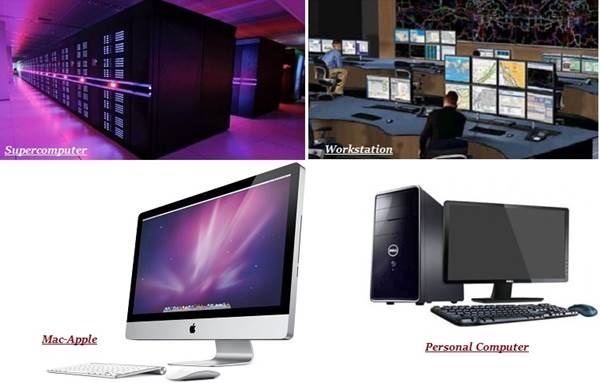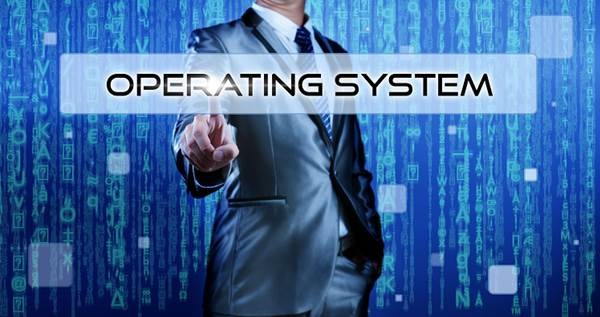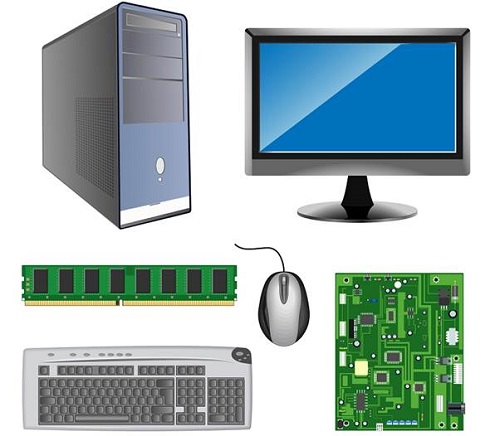All the computers that are developed are not alike rather they have different designs and features. Some computers have very high capacity as well as working speed; however, some are slow. Depending upon the requirements, computers are being developed.
Types of Computer
Depending upon the internal structure and subsequent features and applicability, computer system is categorized as follows −
Mainframe Computer
It is high capacity and costly computer. It is largely used by big organizations where many people can use it simultaneously.
Super Computer
This category of computer is the fastest and also very expensive. A typical supercomputer can solve up to ten trillion individual calculations per second.
Workstation Computer
The computer of this category is a high-end and expensive one. It is exclusively made for complex work purpose.

Personal Computer (PC)
It is a low capacity computer developed for single users.
Apple Macintosh (Mac)
It is a sort of personal computer manufactured by Apple company.
Laptop computer (notebook)
It is a handy computer that can be easily carried anywhere.

Tablet and Smartphone
Modern technology has advanced further. It has helped develop computers that are pocket-friendly. Tablets and smartphones are the best examples of such computer.














